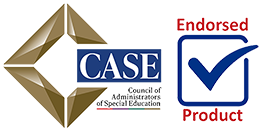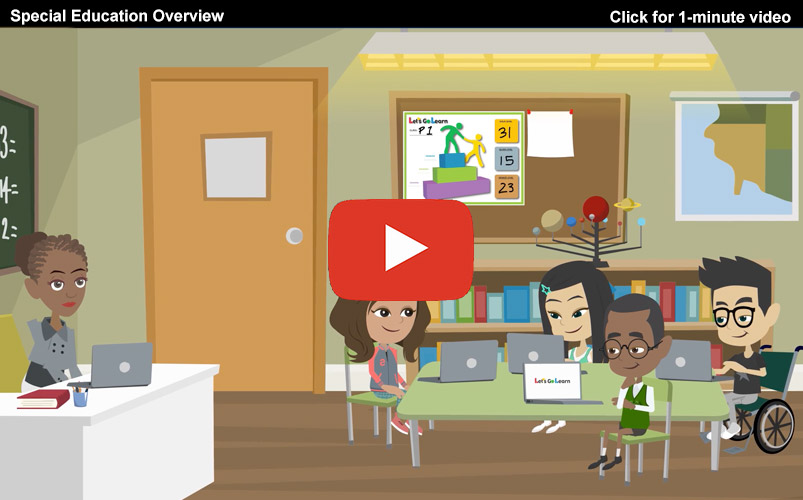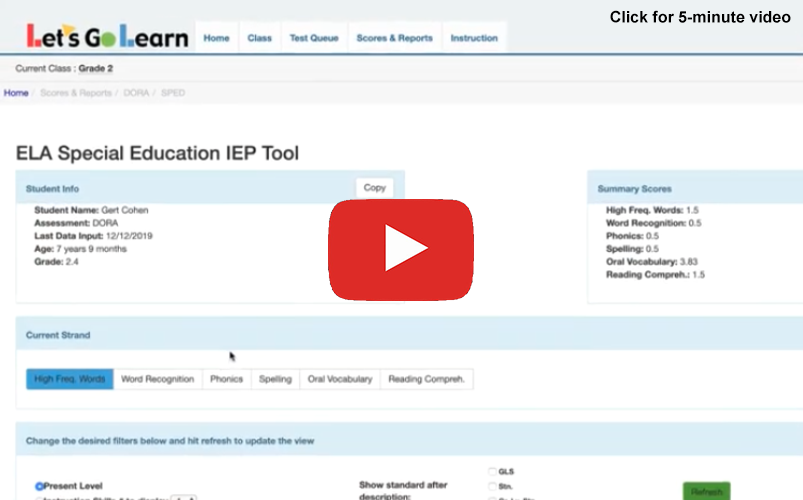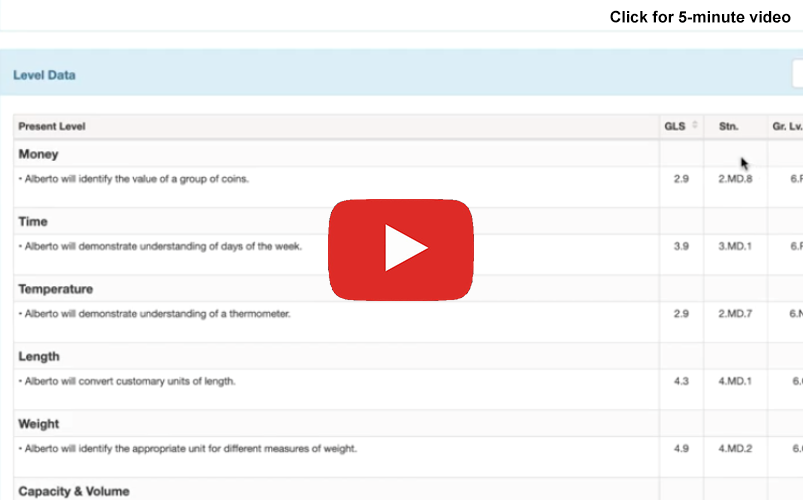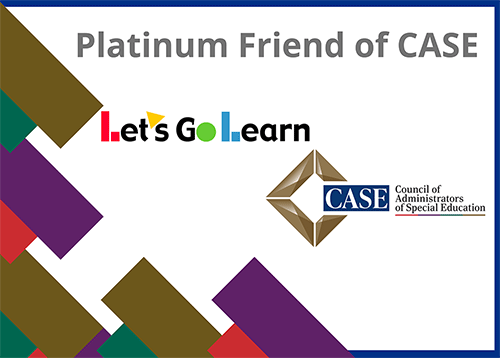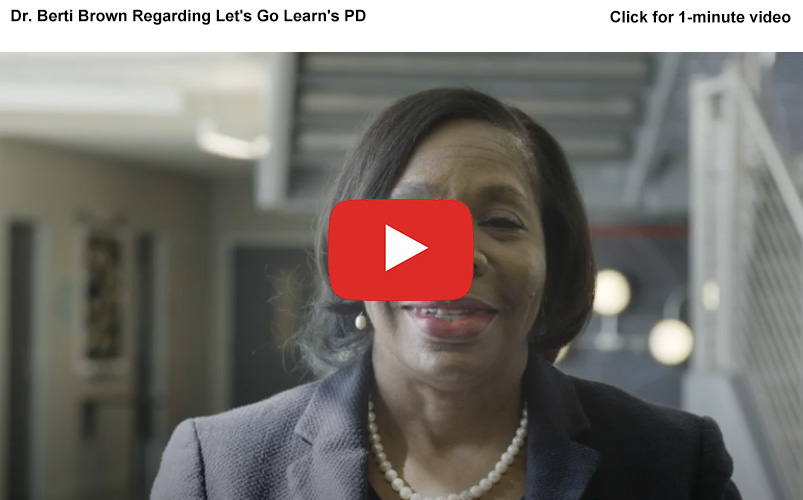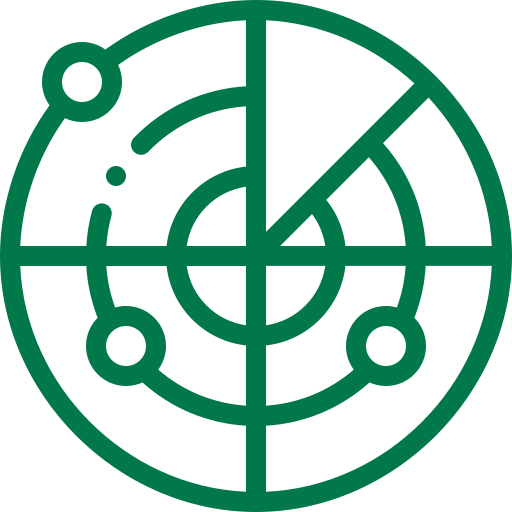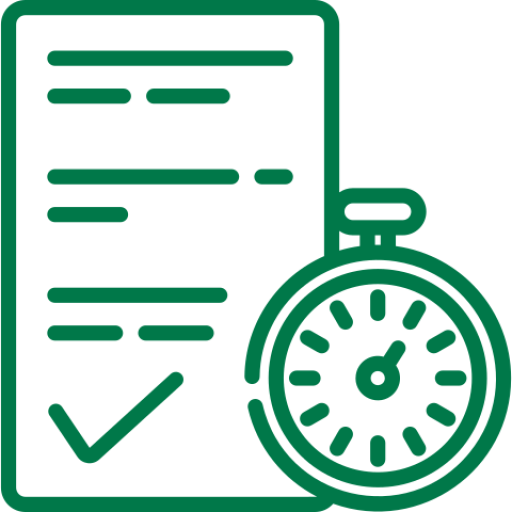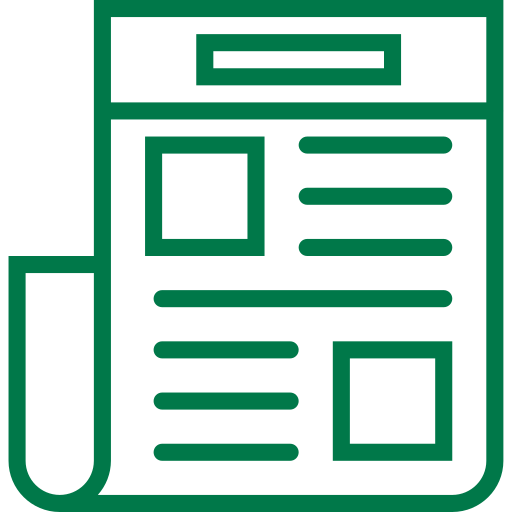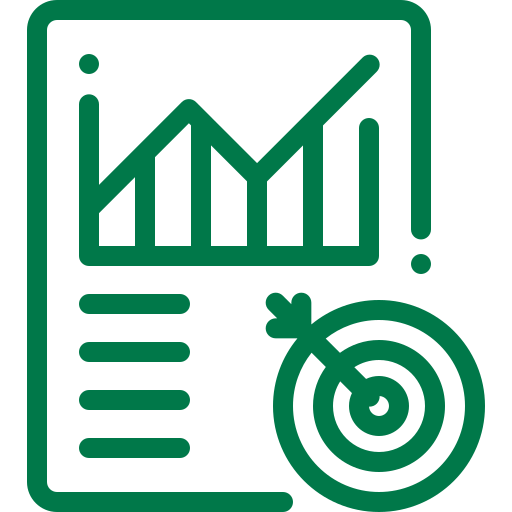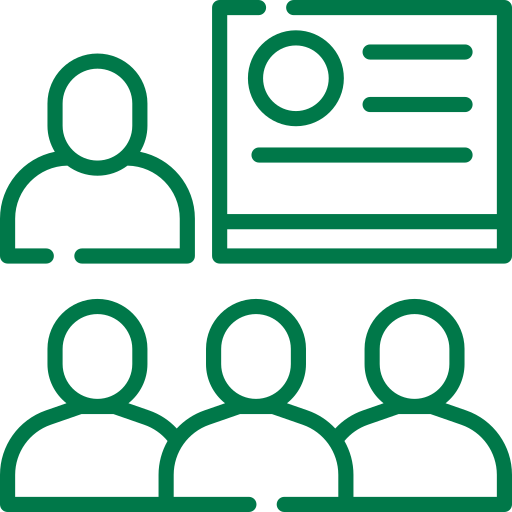Special Education
A Precision Data-Driven Approach to Support Every Learner and Empower Teachers.
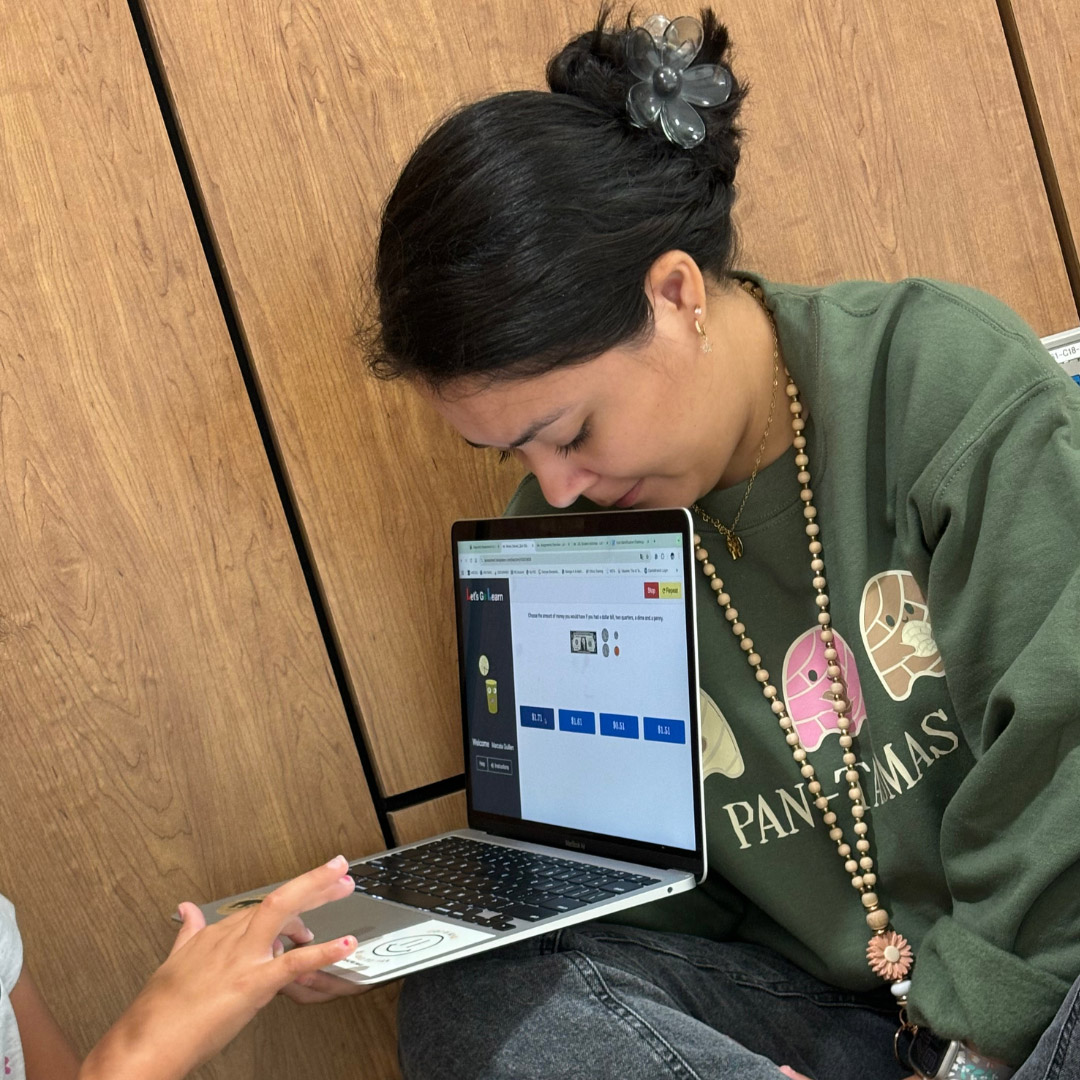
Achieve IEP Compliance with Adaptive Diagnostics, AI-Powered Support, and Real-Time Progress Monitoring
Special education administrators need accurate, defensible data to develop IEPs, track progress, provide targeted interventions, and improve substantive compliance and of course student outcomes. Let’s Go Learn simplifies this process with adaptive diagnostic assessments that pinpoint present levels and identify learning gaps in reading and math. Our core system saves teacher 50% or more time from their current IEP process.
For schools ready to take the optional next step, our AI-powered tools are now in beta, helping teachers thorough draft PLAAFPs (present levels) and targeted SMART goals for reading and math. Teachers can review, enhance, and finalize these drafts—saving even more time over just using our core system while ensuring high-quality, data-driven IEPs.
Once IEPs are in place, our automated progress monitoring ensures compliance by tracking student growth in real time. Educators receive clear, actionable data to adjust instruction and deliver gap-focused specially designed instruction (SDI) either via our online lessons or on their own—ensuring students receive the right support at the right time.
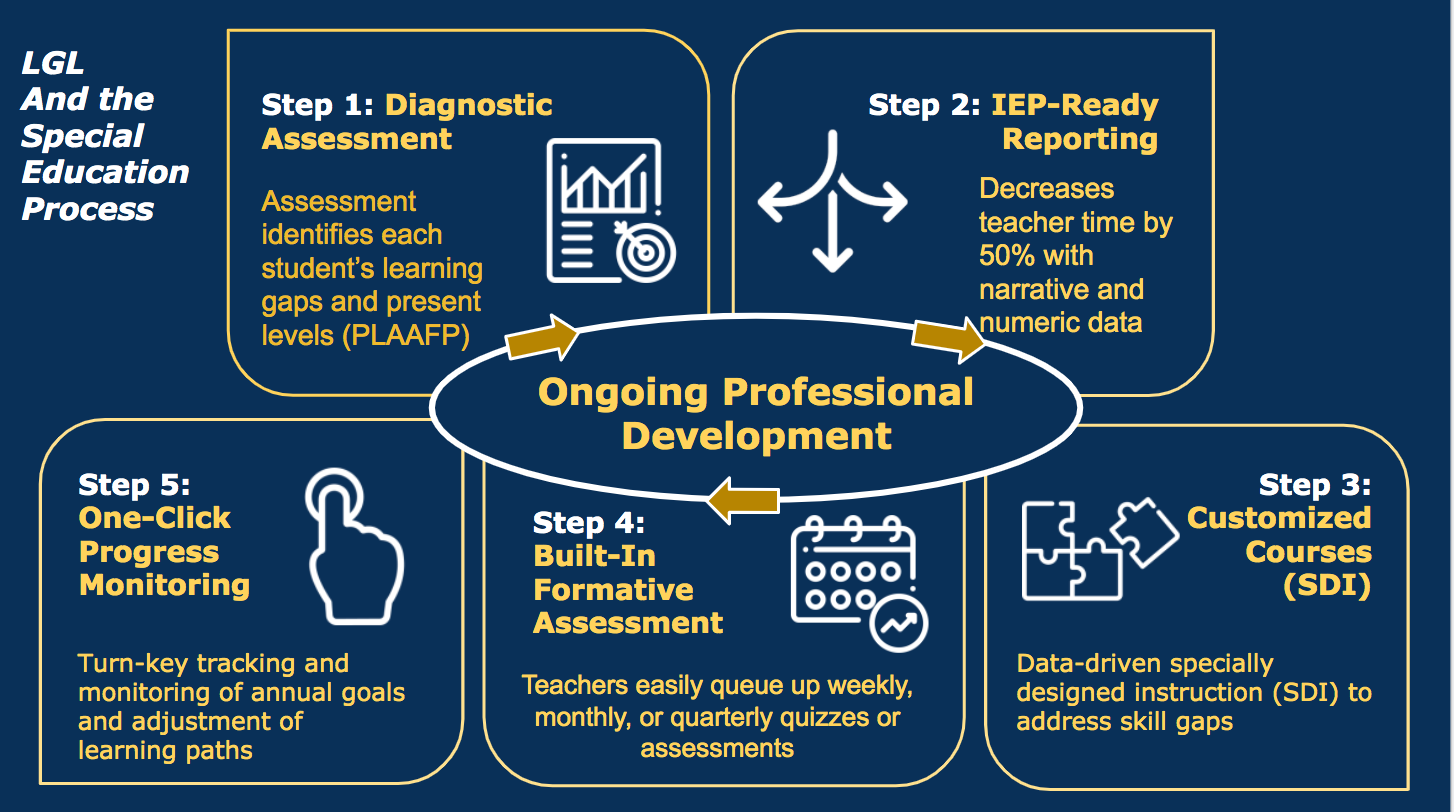
Achieve ongoing academic progress for students with disabilities
Let’s Go Learn’s special education workflow is designed to simplify and optimize the key processes required for effective student support.
- Diagnose: Adaptive assessments pinpoint each student’s current skill levels (present levels).
- Analyze and Develop IEP: Data-driven insights highlight strengths and learning gaps generating measurable goals. “AI Assist” can write your smart goals
- Deliver Targeted SDI: Provide gap-focused instruction via student-led or teacher-assigned online lessons.
4. Pre-built Quizzes: Track growth and inform instruction with vertically scaled quizzes whose scores overlay original pre-test at start of year.
5. Monitor Progress: Real-time progress monitoring means less work for the teacher. Automatic substantive compliance
By integrating assessment, instruction, and progress monitoring into one seamless system, Let’s Go Learn empowers special education teams to improve outcomes, stay compliant, and close learning gaps faster. And today with AI that assists, special education programs can empower their teachers even further and improve outcomes.
Why use Let’s Go Learn’s Special Education Programs? Let our customers explain!

“Students at the Boys & Girls Club of the Suncoast love Let’s Go Learn lessons. They have music and animation and are like games! The more they play, the more they learn!”
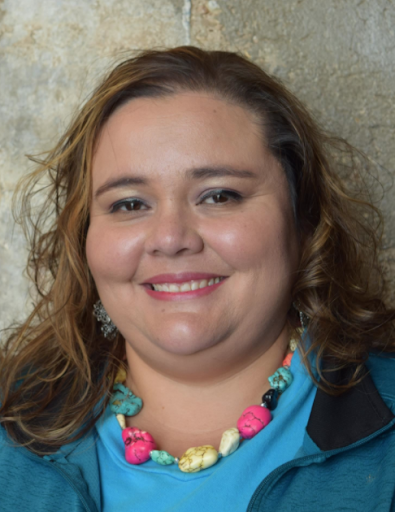
“Let’s Go Learn is a lifesaver. They have assessments that diagnose gaps and automatically place students at the best instructional level. Plus there are built-in formative assessments and progress monitoring that allow me to focus on what each student needs.”
Step 1: Special Education Assessments in Reading and Math
Our diagnostic assessments are adaptive, so student performance determines if items related to a specific concept become more or less difficult. The result is an accurate analysis of learning gaps and strengths and a decrease in test anxiety.
Special education math assessments are aligned to state educational standards. For elementary students, test items measure numbers and operations, measurement, data analysis, geometry, and algebraic thinking. For middle school students and secondary students, assessments include PreAlgebra and Algebra 1.
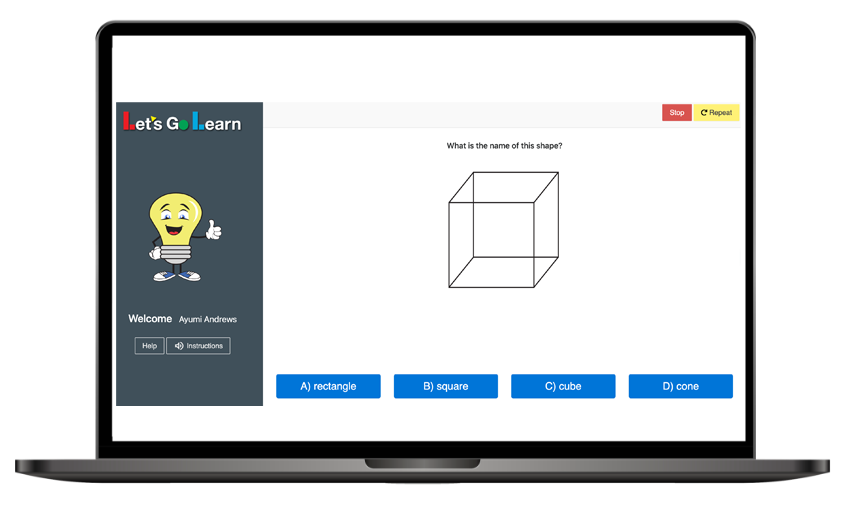
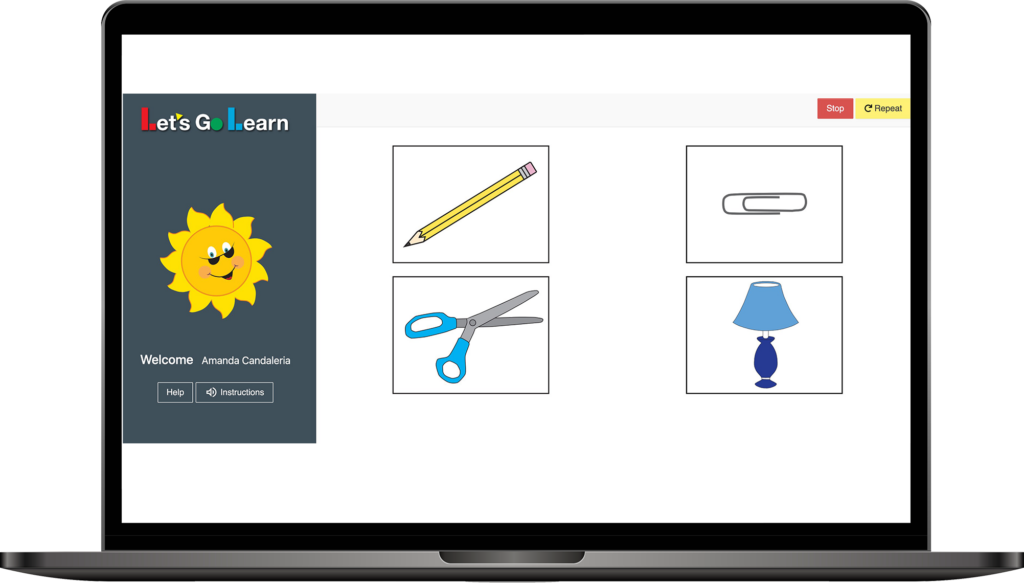
Step 2: IEP-Aligned Diagnostic Assessment Reporting
Our assessment reporting is organized to support IEP requirements: goals, benchmarks, and PLAAFP/present level equivalencies for all subskills. With our next-generation tools, classroom teachers can focus on creating the optimal instruction for students rather than on statistical analysis.

“Our IEP teams report a 50% time savings in writing their IEPs with LGL’s aligned data and narratives.”
Step 3: Specially Designed Instruction That Addresses IEP Goals for Students with Disabilities
Using artificial intelligence (AI) and student diagnostic data, our platform creates math and reading special education interventions composed of SDI lessons that address each individual’s learning gaps. Teachers can use our interventions as supplemental curriculum, knowing that each student’s unique learning needs are being met. Teachers can also select and assign lessons to individual students as needed.
Our special education interventions are especially appropriate for students with disabilities because they:
- Correlate to all state standards
- Integrate critical thinking strategies with standards-based skills development
- Include direct instruction and practice
- Provide feedback for incorrect responses
- Use assistive technology by combining music, voice intonation, animation, and game-like interactivity
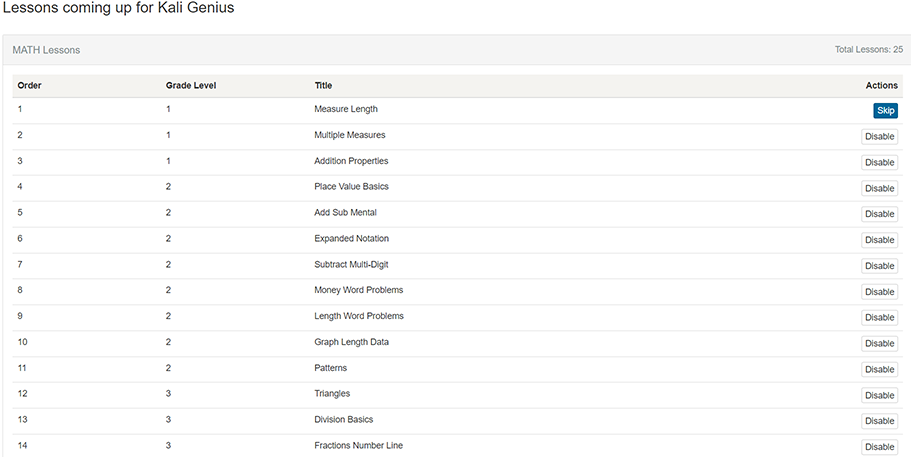
Step 4: Built-In Formative Assessments that Auto-Adjust Personalized Learning Paths
With a few clicks, classroom teachers can assign our built-in formative quizzes and assessments to individual students with disabilities at regular intervals. Not only do these ensure that students have mastered learning objectives, but they ensure FAPE compliance. Formative assessments can be used to monitor educational progress in all educational environments, including response to intervention (RTI) programs, afterschool programs, and summer school. Our next-gen system uses the formative assessment data to automatically update each student’s learning path.

LESSON QUIZZES: At daily or weekly intervals, teachers queue up quizzes on skills or concepts learned in the classroom or online. The system then assesses mastery and reports on, compares, and stores the data.
UNIT ASSESSMENTS: At weekly, monthly, or quarterly intervals, teachers queue up assessments for targeted units. The system analyzes and reports the data. Then it updates the student’s learning path.
Step 5: One-Click Progress Monitoring
Our special education platform provides student progress monitoring in real-time:
- Capturing and storing all student test data into a single vertically-scaled dataset
- Presenting data in meaningful progress reports
- Supporting continuous IEP progress monitoring and benchmark and goal attainment
- Providing reporting in English and Spanish for parents and caregivers of students with disabilities
- Providing reports for special education services with quarterly and annual compliance testing data
- Providing data collection for special education teachers at school districts, whether they provide public education or private education
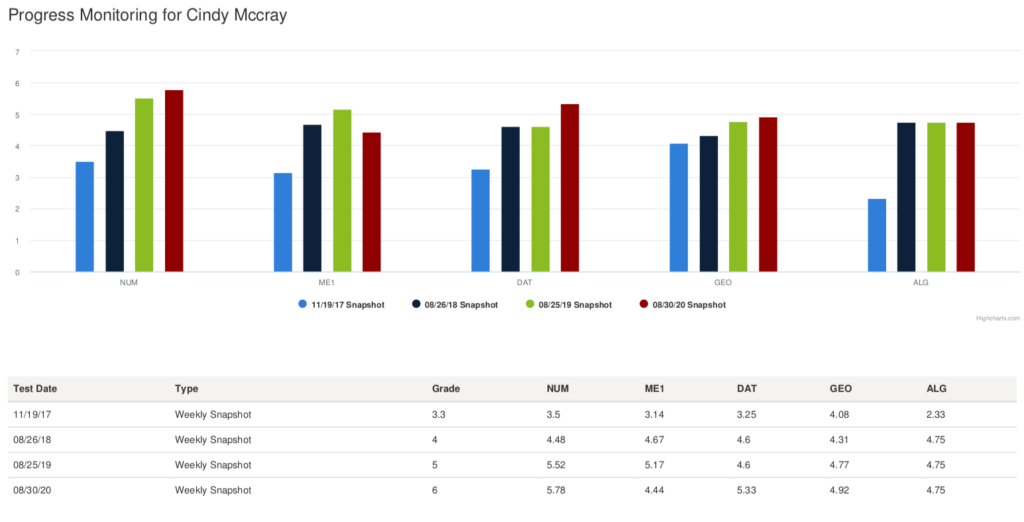
And to Make It All Work: Custom Professional Development and Consultative Services
Our courses are customized to your special education goals. Topics may include:
- Leadership best practices for special education programs
- Individuals with Disabilities Education Act (IDEA) legal compliance
- Program management for special education leaders
- Navigating unfinished learning and the pandemic for students with disabilities
- Communication between teachers and families of student with disabilities
- Social-emotional learning for students with disabilities
- Research-based special education programs, assessments, and tools
- Science, technology, engineering and math (STEM) and special education
Take a few minutes to listen to Bertie Brown, Director of IEP in Houston ISD, talk about LGL’s Professional Development for teachers of students with disabilities.
“The session empowered teachers and took a deep dive into the IEP process and the pressing need to offer support to all students.”



